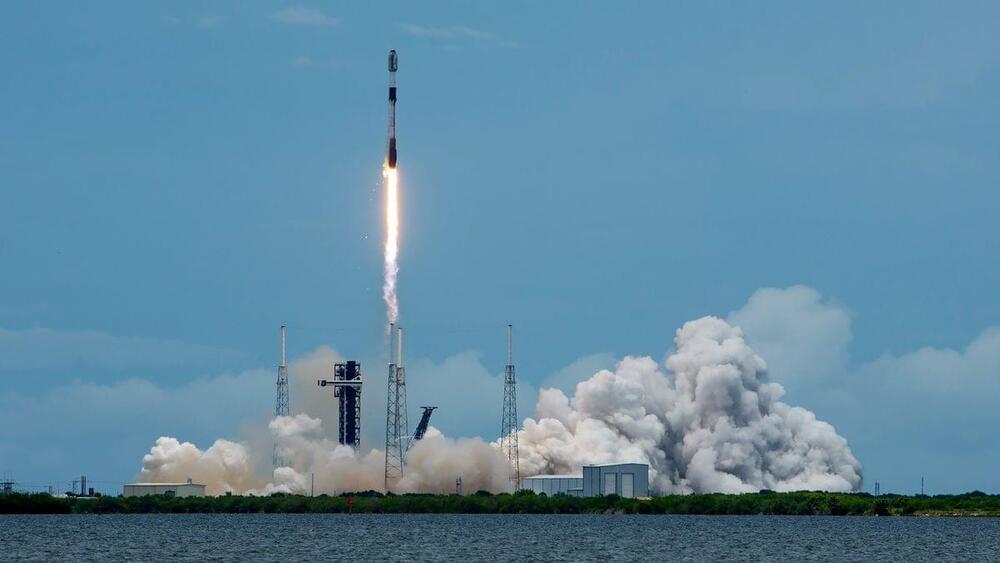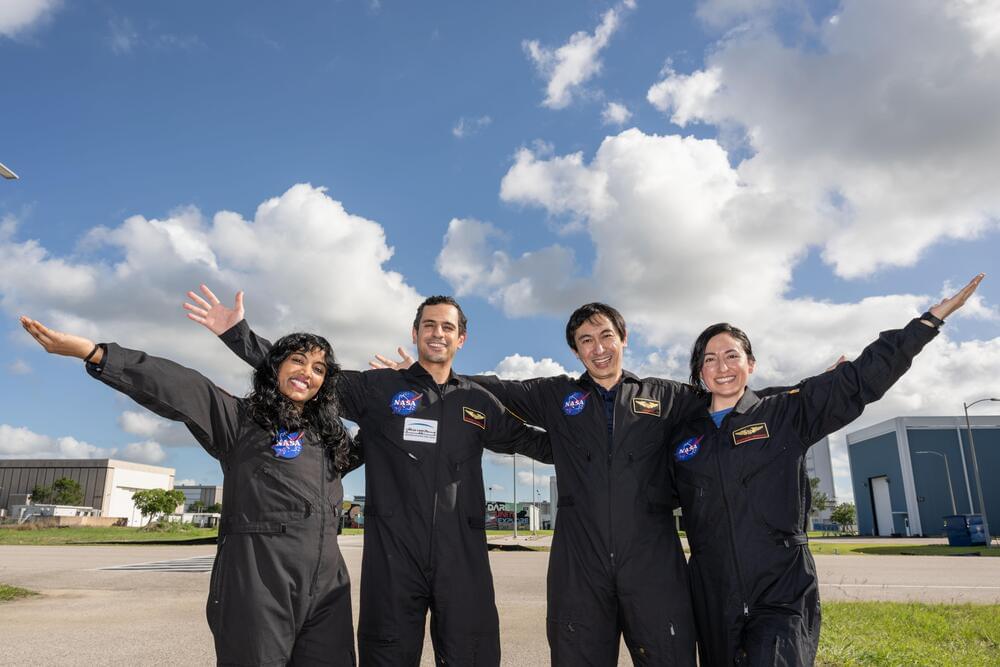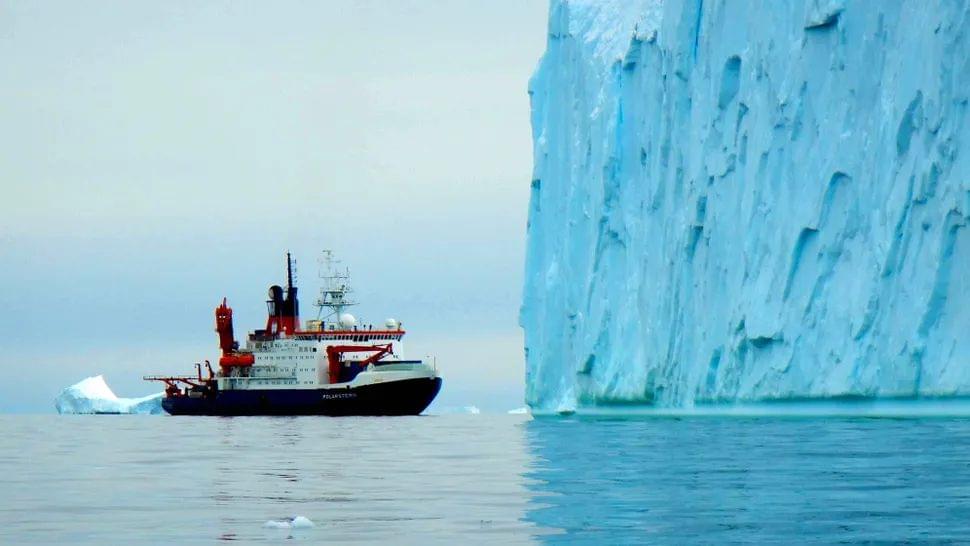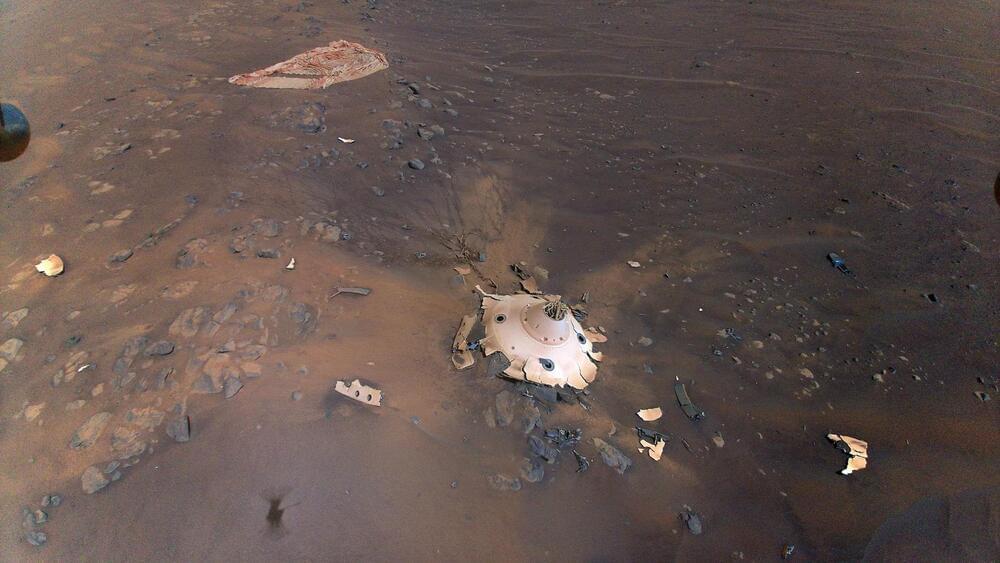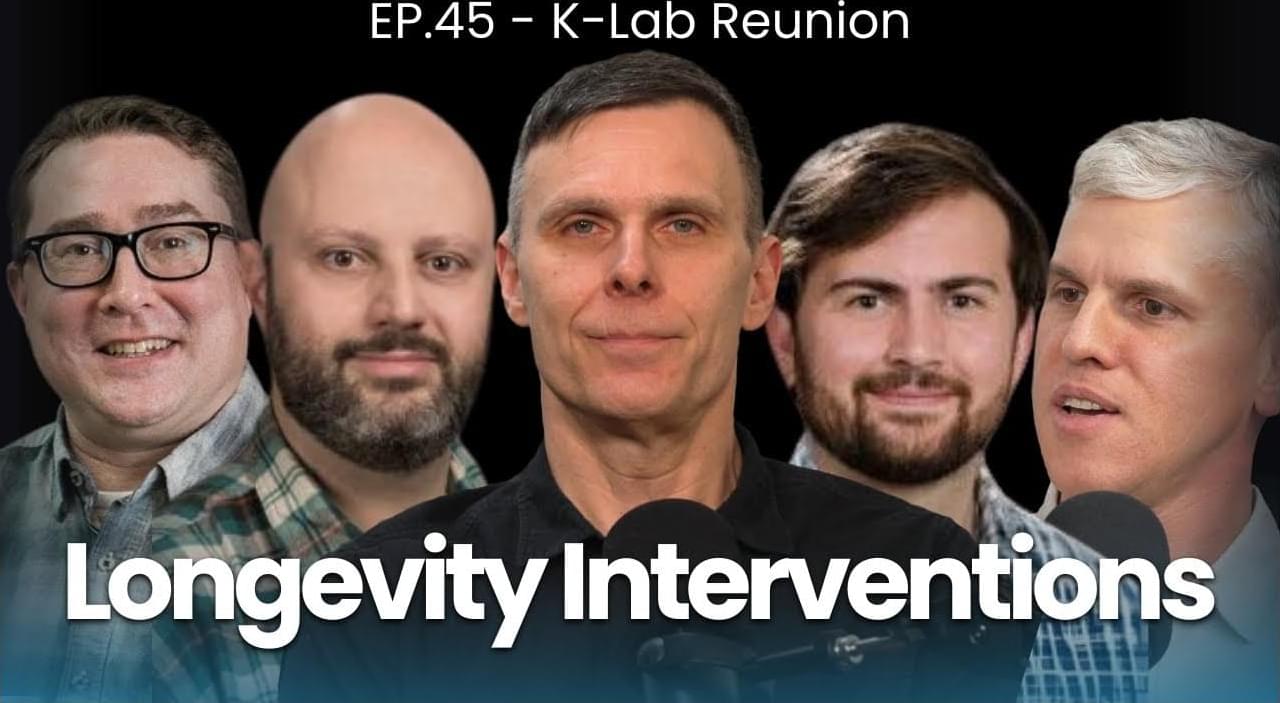Page 971
Jul 2, 2024
Mission Success: HERA Crew Successfully Completes 45-Day Simulated Journey to Mars
Posted by Genevieve Klien in categories: habitats, space
Four dedicated explorers—Jason Lee, Stephanie Navarro, Shareef Al Romaithi, and Piyumi Wijesekara—just returned from a 45-day simulated journey to Mars, testing the boundaries of human endurance and teamwork within NASA’s HERA (Human Exploration Research Analog) habitat at Johnson Space Center in Houston.
Their groundbreaking work on HERA’s Campaign 7 Mission 2 contributes to NASA’s efforts to study how future astronauts may react to isolation and confinement during deep-space journeys.
Jul 2, 2024
Giant river system that existed 40 million years ago discovered deep below Antarctic ice
Posted by Genevieve Klien in category: futurism
“There was this gigantic river system”: Researchers find ancient lost world deep beneath Antarctic ice.
Jul 2, 2024
Tesla Patents Robotaxi Sanitization System — Reveals How It Will Work
Posted by Genevieve Klien in category: electronics
Tesla’s new patent reveals an advanced sanitization system for Robotaxis, ensuring clean interiors using sensors, UV light, and HVAC methods.
Jul 2, 2024
MMGIS: Open-Source Mapping Interface for Mars Exploration
Posted by Laurence Tognetti, Labroots Inc. in categories: mapping, space
“Every mission is contributing back to the other missions and future missions in terms of new tools and techniques to develop,” said Dr. Fred Calef III. “It’s not just you working on something. It’s being able to share data between people… getting a higher order of science.”
As NASA’s Perseverance rover continues to explore the surface of Mars, an open-source, online mapping software known as Multi-Mission Geographic Information System (MMGIS) has been instrumental in determining the best routes for the car-sized rover and landing sites for its Ingenuity helicopter prior to the latter’s “retirement” but is also available for the public to follow the mission, as well. This software holds the potential to help both scientists and the public explore Mars in new and exciting ways for years to come.
“Maps and images are a common language between different people — scientists, engineers, and management,” said Dr. Nathan Williams, who is a mapping specialist at NASA JPL and was a key player in selecting Jezero Crater as the landing site for the Perseverance rover. “They help make sure everyone’s on the same page moving forward, in a united front to achieve the best science that we can.”
Continue reading “MMGIS: Open-Source Mapping Interface for Mars Exploration” »
Jul 2, 2024
Progressive Cerebrocerebellar Uncoupling in Sporadic and Genetic Forms of Amyotrophic Lateral Sclerosis
Posted by Shubham Ghosh Roy in category: genetics
This prospective, multimodal neuroimaging study systematically assessed both intracerebellar pathology and cerebrocerebellar connectivity alterations in a genetically stratified cohort of amyotrophic lateral sclerosis:
Background and Objectives.
Jul 2, 2024
Details of photosynthesis viewed at the atomic level with cryo-microscope
Posted by Shubham Ghosh Roy in categories: innovation, particle physics
The quest to understand the enigma of photosynthesis, how water is involved, and its critical role on Earth has taken a significant leap forward.
A recent breakthrough in visual technology has resulted in the capture of high-resolution images beyond any achieved before, shedding never-before-seen light on this essential life process.
Our story begins within the walls of a renowned institution, Umeå University, where diligent researchers embarked on a fascinating journey to understand the positions of hydrogen atoms and water molecules in photosynthesis.
Jul 2, 2024
U.S. government addresses critical workforce shortages for the semiconductor industry with new program
Posted by Genevieve Klien in category: government
Jul 2, 2024
Daily multivitamin supplements don’t help you live longer, study shows
Posted by Roman Kam in category: futurism
Rather than living longer, otherwise healthy people who took daily multivitamins were slightly more likely (4%) than non-users to die in the study period, according to researchers.
Researchers reported nearly 165,000 deaths occurring during the follow-up period of the study, out of the initial group of 390,000 participants.
